| The Common Crane |
|
The Common Crane is one of fifteen species of birds that make up the Crane family, it's also known as the Eurasian Crane (Grus grus) but it is found across a very wide geographic range of Northern Europe and Northern Asia. They are found as far East as China and as far west as Spain and Morocco. Common Cranes are a striking graceful bird that grow up to 130 cm in height and weigh between 3 and 6kg. The Common Crane is medium sized in terms of other canes, the Sarus Crane is the tallest and the Red Crowned (also known as the Japanese Crane) is the heaviest. Many of the species of cranes are declining in numbers and some species are listed as threatened. but, the global population of Common Cranes is over 500,000 birds and it's not unusual for these to gather together into some very large flocks. These flocks move around quite a bit on migration and to see these large numbers there are several great places to see them, amongst the well known locations are, Sweden in April, Hungry in October, and Israel in January. A few years ago I visited Hungry in search of Cranes, but the Crane migration that particular year was late due to the weather and we only saw a few distant birds. Common Cranes like to be near to fresh water, they find it a much safer place to roost as it makes it much hardier for predators to get to them. They also nest in marsh and boggy ground. Indeed one of the main threats to them is the loss of habitat as marshland and other wet areas are drained for agriculture. Cranes were thought to be a breeding bird in Britain for many centuries, and were protected by law for a period of time, but there was also a number of occasions where they were mentioned in recipe books. The population numbers is unknown and it is thought that some may have been misidentified with the more commonly seen Grey Heron. They were also killed for their feathers which were used in hats and the fashion industry. Reintroduction into East Anglia was started towards the end of the 20th Century in the Norfolk broads where it is reasonably easy to see small numbers of Cranes at a number of different sites. |
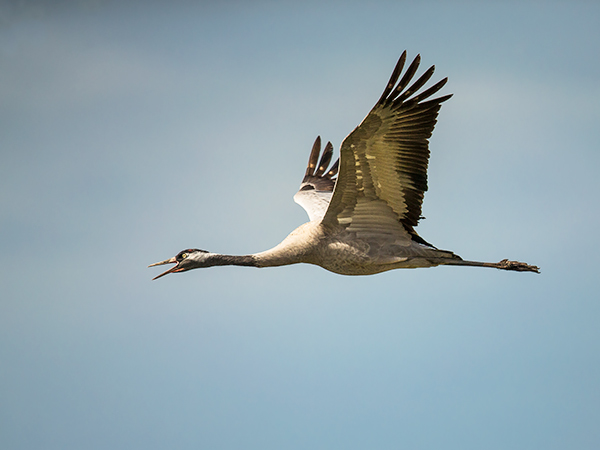 |
| These images were taken at Agamon Hula in the far North of Israel which is fairly close to the border with Syria. It is a great spot for seeing large numbers on migration and is a well known winter stop over for the Cranes. They feed each winter in the flooded fields as part of their migration journey. We were told that there were over 47,000 cranes in the area. |
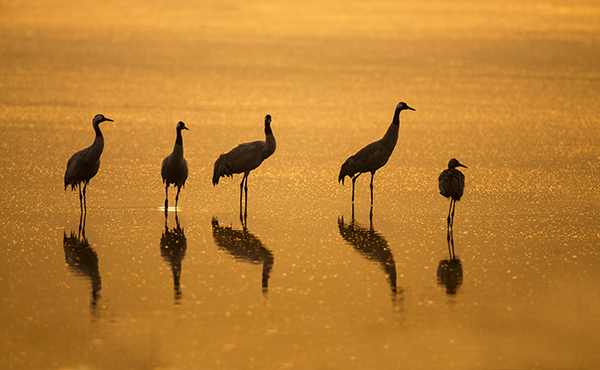 |
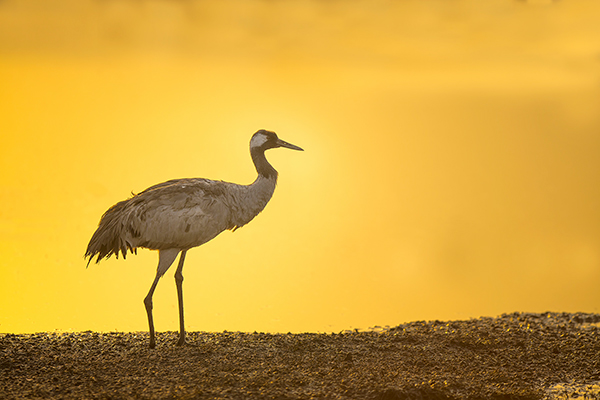 |
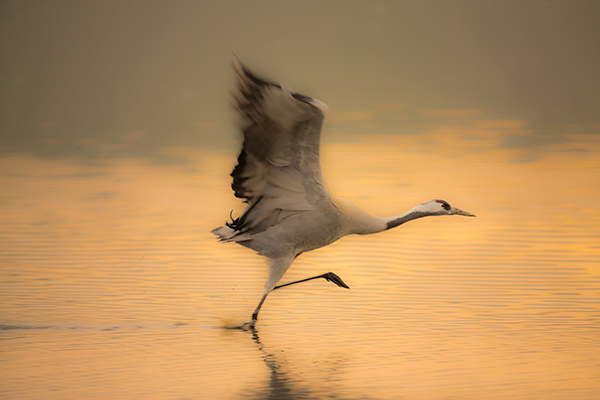 |
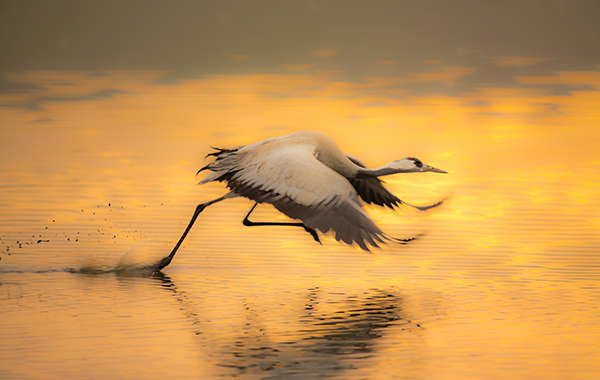 |
|
Cranes have held an interest for humans for many hundreds of years and can be seen in many old art forms across a variety of different cultures. They are found in many parts of the world including Japan and America which also have some very large flocks. Unfortunately, as mentioned above, some are in difficulty through habitat loss, for a number of years, they were hunted for food. More recently, there are several efforts at new introduction which include Britain and several other countries. Further information can be gained from the International Crane Federation Website which is an American site with links to American crane reserves in Winsonsin, but it also has some good info on all 15 species and some of the conservation work which they and many other organisations support. |
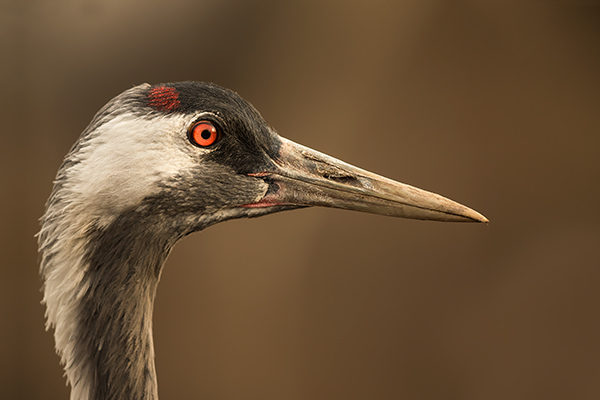 |
---59O1724.jpg) |
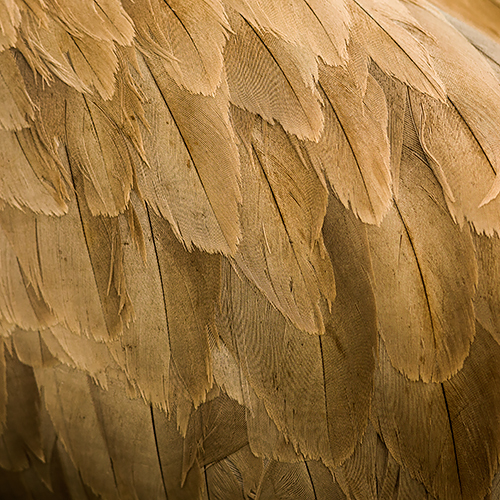 |
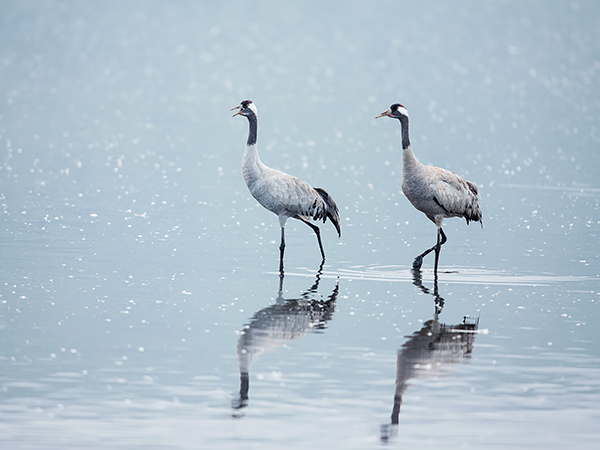 |
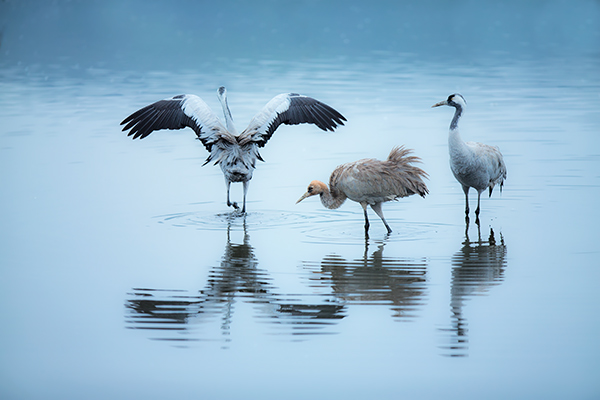 |
| One of the things that I wanted to achieve during my visit to Israel was to get some images of Common Cranes in flight. They are a relatively slow flying bird, but it can be tricky when there are many thousands of cranes flying around the same area. They have a wingspan of between 1.8 and 2.4 meters and can very quickly fill the viewfinder frame. |
---59O2160.jpg) |
--59O3294.jpg) |
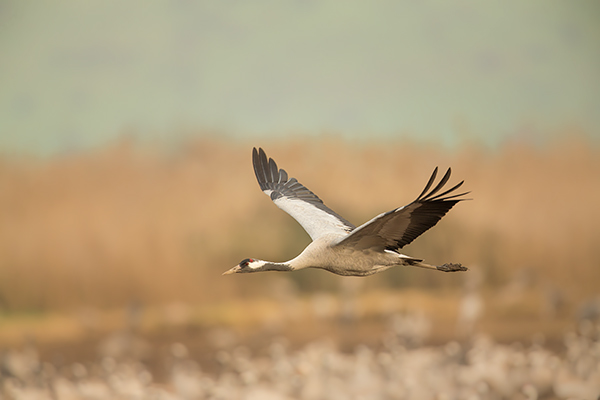 |
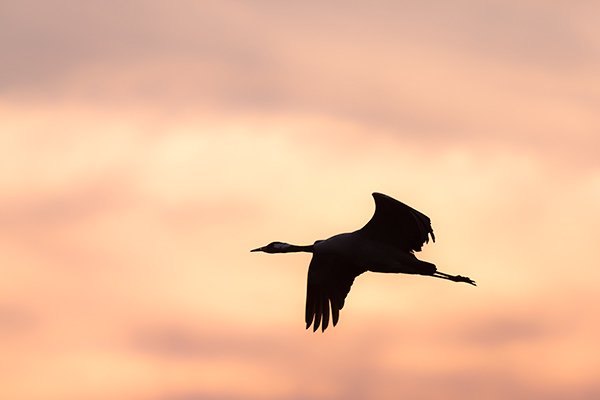 |
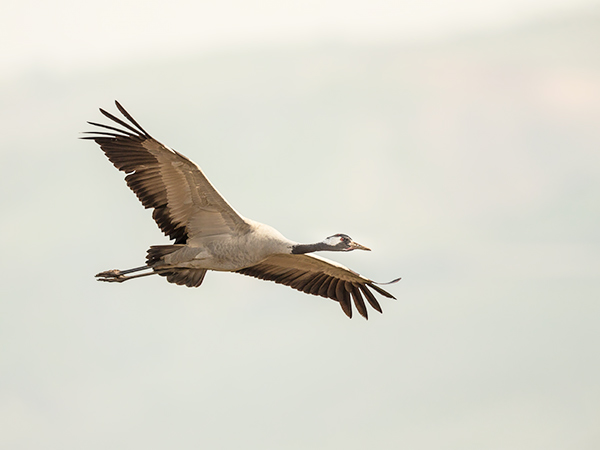 |
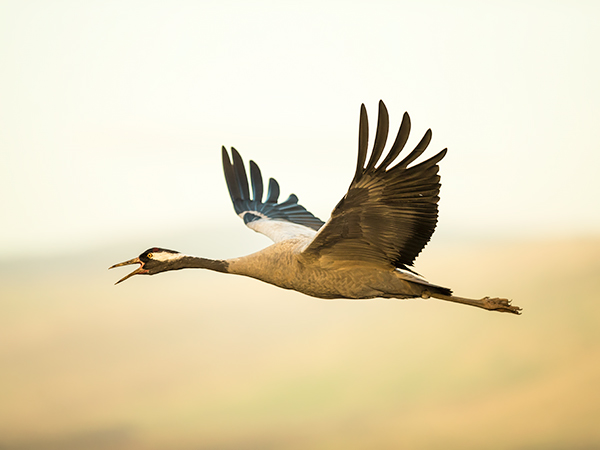 |
---59O1704.jpg) |
---59O4378.jpg) |
|
At several locations around the world, Cranes are fed on a large scale basis, this is part of the conservation programs, but it is also because of the damage they could do to surrounding crops due to the sheer volumes of many thousands of birds on the local farming ecomomies. At many of these venues, the crane feeding is also an important part of the local tourist industry. One place that is very high on my wildlife photography bucket list is the Akan Crane Centre in Japan which is one of the best places to see the Japanese Red Crowned Crane. The images below were taken at the Agamon Hula reserve in Israel where several tons of corn are fed to thousands of cranes each day during the winter months. We were told that over 450 tons of corn are fed each year to over 45,000 birds. |
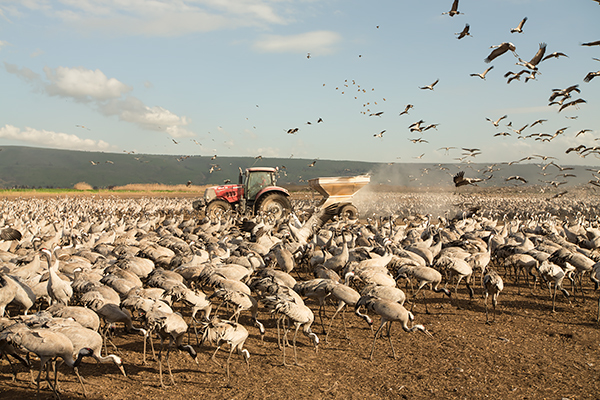 |
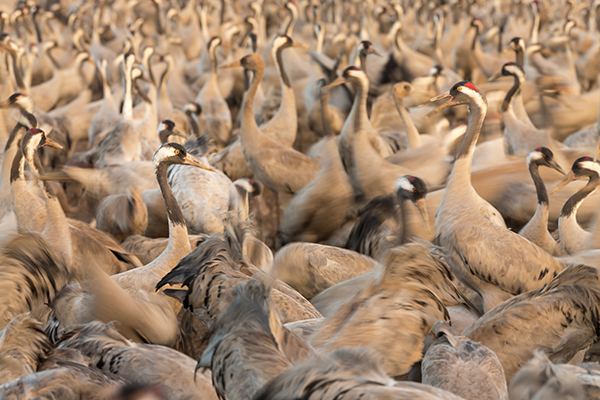 |
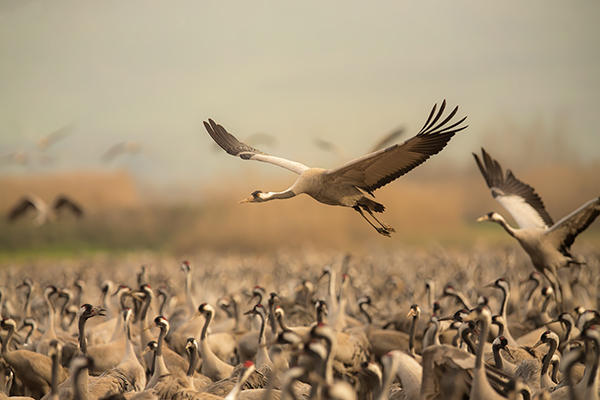 |
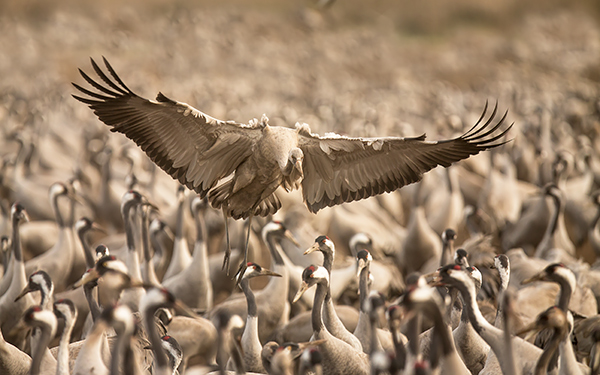 |
